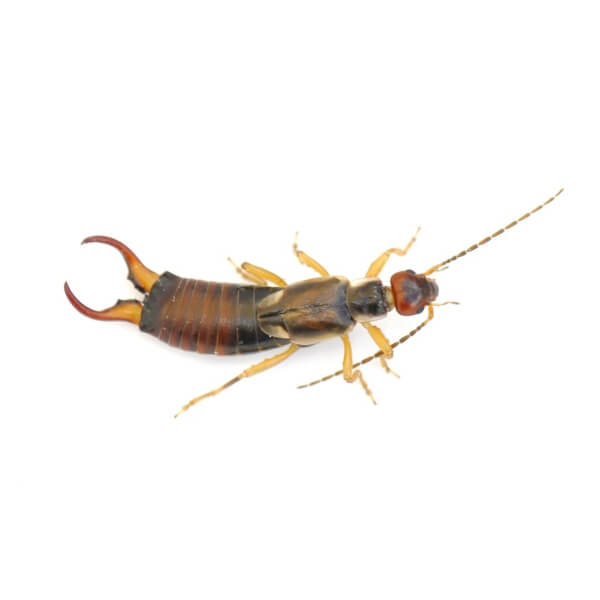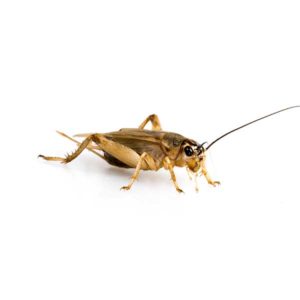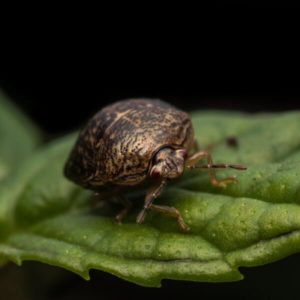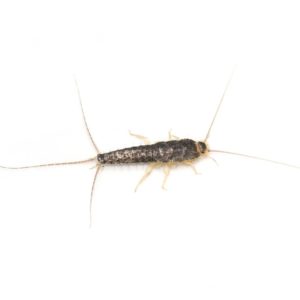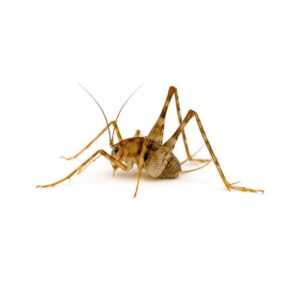Earwigs in Memphis TN Metro Area
Earwigs received their name due to a superstition suggesting that they intentionally crawl into the ears of sleeping individuals and burrow into their brains. However, earwigs actually prefer moist and dark locations, which they use as hiding spots during the day, rather than at night when people are sleeping. These insects are primarily active during the nighttime hours, as they search for and feed on a variety of insects and plants. They are more commonly found in the southern and southwestern regions of the United States and tend to hibernate during the winter season. Earwigs may seek shelter inside homes when the conditions outside become excessively dry, hot, or cold.
Earwig Habitat
Earwigs have a diverse diet, consuming a wide range of plant and animal matter. They feed on leaves, flowers, fruits, fungi, and prey on smaller insects like aphids and flies, which they capture using their pincer-like cerci. During the day, earwigs seek hiding places beneath logs, rocks, boards, or within dense growth of vines or weeds. In residential areas, they can be found in moisture-rich environments such as cracks near swimming pool areas, flower bed mulch, underneath outdoor potted plants, and among leaf litter. Inside homes, they tend to gather in the folds of cardboard boxes and can be found in kitchens and bathrooms.
Earwig Behaviors, Threats, or Dangers
Earwigs do not bite humans or transmit diseases, but they are capable of pinching. While their pincers are unlikely to break the skin, a pinch from an earwig can cause discomfort. Generally, earwigs are regarded as nuisance pests, particularly during the spring and summer seasons. In gardens, they may chew irregular holes in leaves and flower blossoms. Earwigs can enter homes through gaps and cracks in siding and foundations. They can also gain access when homeowners bring items such as potted plants, firewood, or cardboard boxes from the outside into the home.
If you are dealing with excess earwigs on your property, contact a local pest control professional.

